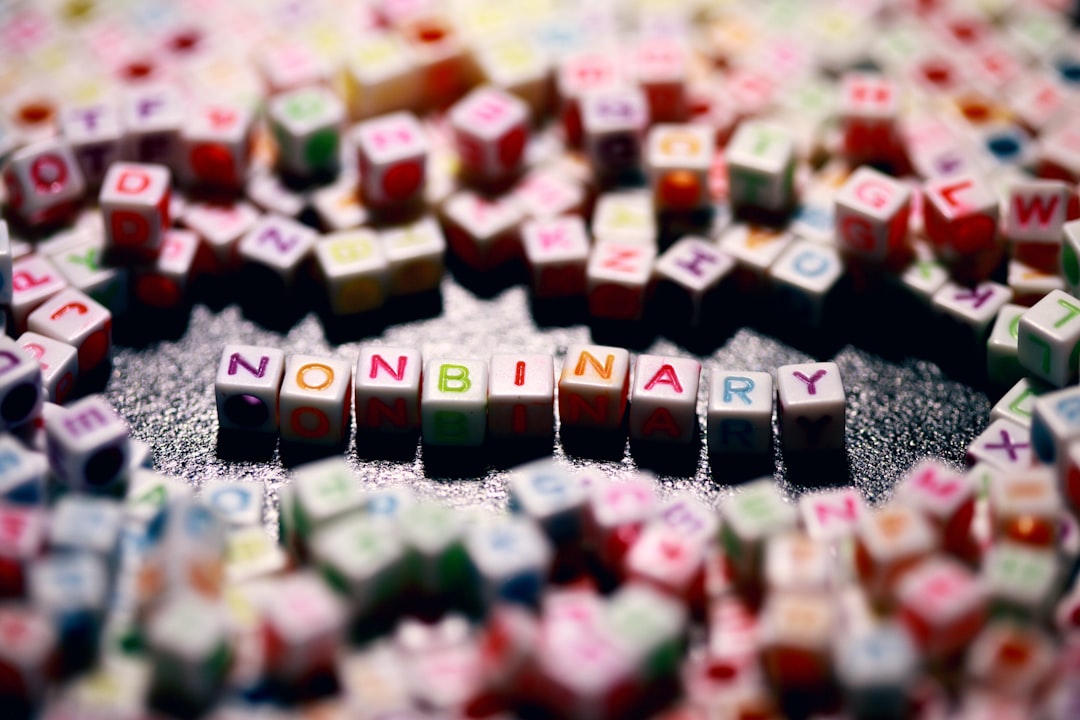What is it about?
My paper suggests that Embers - the second of Samuel Beckett's radio plays - dramatises various myths from Ovid's Metamorphoses. These include the myths of Narcissus, Echo, and Tiresias; of Deucalion and Pyrrha; and of Dis and Proserpina. While investigating Beckett's only known handwritten draft of Embers, the paper suggests, for example, that the name of the principal female character, Ada, is both self-echoing and self-mirroring, and so evokes both Narcissus and Echo at once.
Featured Image
Why is it important?
This is the first study of Beckett's handwritten (holograph) Embers draft, as conserved in the MS THR 70.3 notebook, at Harvard's Houghton Library. This is also the first comparison of the Embers holograph with the earliest known typescript, TCD MS 4664. After establishing that the holograph explicitly postpones Henry's opening monologue, this paper examines the early development of Embers, notably by focusing on the first section that Beckett actually wrote - the dialogue between Henry and Ada.
Read the Original
This page is a summary of: Beckett's Embers and the Modernist Ovid: a Tiresian Poetic?, Journal of Beckett Studies, September 2013, Edinburgh University Press,
DOI: 10.3366/jobs.2013.0071.
You can read the full text:
Resources
Contributors
The following have contributed to this page










